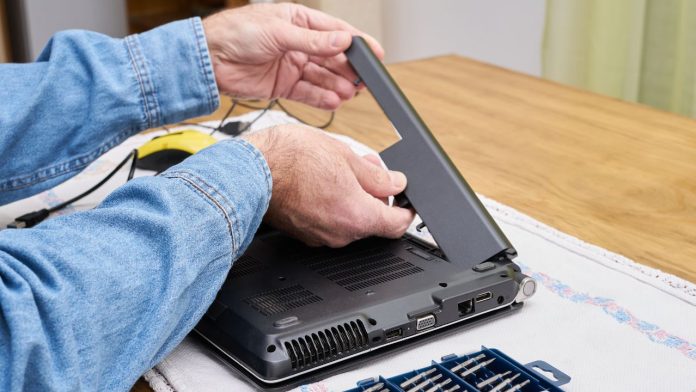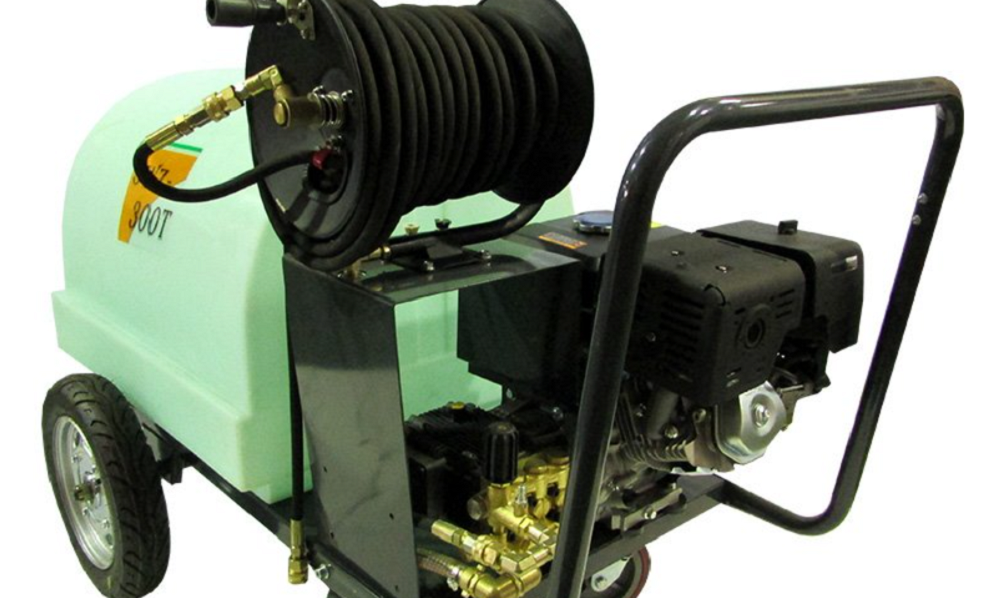Laptops are today’s essential items that we cannot imagine using, whether it is for professionals, for school, or for fun purposes. However, there are some factors that can turn out to be crucial for further enhancing the user experience and one of them is battery life.
A longer battery life means increased functionality, less time in search of charging points, and more mobility due to the ability to work in many different places. Despite the fact that HP laptops are strong-performing and long-lasting, as with any other laptop and other electrical gadgets, with appropriate care, the battery has to last longer.
Following are some guidelines, which are mentioned in this article to manage the battery thoroughly and to get the best battery backup from your HP laptop.
Understanding Laptop Battery Health
Here, it will be advisable to identify some key factors that every laptop user should consider when it comes to the health of the battery. The kinds of batteries normally found in contemporary HP laptops include lithium-ion batteries that are mostly known for their charge capacity-to-weight ratios. However, like most batteries, they degrade over time depending on a number of factors, including charge cycle, heat, and discharge level. If you are aware of these factors, you can then devise ways to extend the battery life of your laptop to a larger extent.
Practical Energy-Saving Tips to Enhance Your HP Laptop Battery Life
Adjust Power Settings
To be more precise, one of the simplest methods to save energy is to manage the power option of the laptop. There is an inherent feature of the power plan in the HP series of laptops whereby one is able to select a preference. You can enable the battery saver mode, typically found in the power settings, which reduces the laptop’s performance to lengthen battery life. Additionally, you can create a balanced power plan that reduces screen brightness, limits background applications, and adjusts processor performance. These options can be found in the Control Panel under Power Options.
Monitor Screen Brightness
The brightness of your laptop screen significantly impacts battery consumption. Reducing screen brightness can help save battery life without compromising usability.
- Manual Adjustment: Use the function keys (usually indicated by a sun icon) to reduce screen brightness manually.
- Adaptive Brightness: HP laptops often come equipped with an adaptive brightness feature. Enable this in your settings to automatically adjust brightness based on ambient lighting conditions.
Manage Background Applications
Background applications can consume significant amounts of energy, reducing your laptop’s battery life.
- Task Manager: Open Task Manager to identify and close unnecessary background applications. You can do this by pressing Ctrl + Shift + Esc.
- Startup Programs: Disable programs from automatically starting up when you turn on your laptop. You can manage startup programs through the Task Manager’s Startup tab.
Use Battery Health Management Tools
Many HP laptops come with built-in tools designed to monitor and optimize battery health.
- HP Support Assistant: This tool is quite useful for diagnosing issues and offers useful recommendations for taking care of batteries.
- Battery Care Function: Regarding the charging function, some of the HP models come with the Battery Care Function whose purpose is to regulate the number of charges to enhance battery life.
Optimize Storage and Peripheral Usage
Connected devices and active storage can also impact battery life. If you are not presently using anything that requires a peripheral port like mouse, keyboard, external hard disk drive, USB drive or any web cam then it’s advisable that you also detach it. In the same way, CDs, DVDs or Blu-Rays and other such discs should be ejected when not being used as they continuously spin and drain the battery.
Optimal use of Wi-Fi and Bluetooth
Undoubtedly wireless interfaces are desirable, however, they often are hungry for power.
- Turn Off When Not Needed: Disable Wi-Fi and Bluetooth when they are not in use. You can do this through the network settings or by using function keys.
- Airplane Mode: If you do not need any connectivity, switch to airplane mode to save even more energy.
Regular Software Updates
Updating your operating system and software will also help you get access to the latest power-saving features and fix common glitches. If you want to update your Windows operating system, the process can be done in the Settings found in the Start menu, update & security and then Windows Update. Furthermore, it is useful to update your drivers and for the accomplishment of this task, there is an HP Support Assistant. In most cases, new drivers come with correction and enhancements that relate to battery enhancement.
Hibernate vs. Sleep Mode
Understanding the difference between Hibernate and Sleep can help you choose the most energy-efficient option.
- Sleep Mode: This mode consumes low power but allows you to resume quickly. It’s ideal for short breaks.
- Hibernate Mode: This mode saves your current session to the hard drive and powers off the laptop, consuming no battery power. Use this for longer breaks.
Conclusion
In order to have the best from your HP laptop battery, it will be necessary to adopt some good practices and utilize some of the basic functions of laptops. Some of the practices include adjusting the range, screen brightness and power plan settings; closing the unnecessary background application and frequent updating of the laptop’s software. By applying the above-mentioned tips, you will be in a position to work faster always knowing that the HP laptop will be as effective as new for a long time.
















